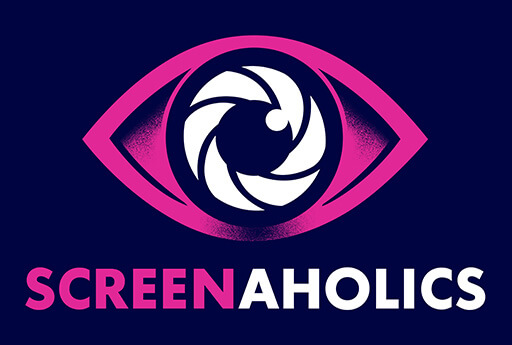An outrageous scene involving a soon-to-be-nun spitting out Jesus Christ’s blood did not stop the critically reviled film The Nun (2018) from becoming the highest grossing film within The Conjuring Universe; a film series launched by what is recognised as arguably the best horror movie of this millennia.
The Nun’s commercial success begs to question how a series of films with a successful history of navigating themselves out of poor critical reception can find itself circling back into rough seas.
While not the unholy disappointment that was The Nun, Annabelle Comes Home represents the best and worst in a series showing signs of an identity crisis.
The third creepy doll movie to be released in a matter of weeks (I see you Child’s Play and Toy Story 4), Annabelle Comes Home is the third entry within the Annabelle series and the eighth entry into the overarching Conjuring franchise.

Vera Farmiga and Patrick Wilson return from The Conjuring (2013-) films as paranormal investigators The Warrens, but take a back seat in this one so their clairvoyant daughter Judy (Mckenna Grace) can be front and centre. Best friends Mary Ellen (Madison Iseman) and Daniela (Katie Sarife) come along for the ride as babysitters who release Annabelle and her gang of intellectual properties – future proofing The Conjuring Universe’s next ten years by introducing a fresh slate of baddies to spinoff.
Annabelle Comes Home represents a conflict in the direction of The Conjuring Universe thanks to a desire to be sophisticated yet personable at the same time. While Annabelle may have escaped her imprisonment, it is as though the filmmakers left their sense of fun from the previous films behind in her container. The occasional cool playlist does not substitute for fun, with the humour relying on the naivety of an adorkable lad, nicknamed ‘Bob’s got balls’, who spends so much of the film hiding that you forget he is in it. Humour lands as artificial and incompatible with the serious tone that is competing for attention.
The primary cast is forced to work with a script as thin as Annabelle’s porcelain skin, with the material failing to recognise the seriousness of traumatic and supernatural situations people experience. Not giving into jump scares does suspense not make with the film unable to maintain the momentum brought about by other scarier films in The Conjuring Universe.
Iseman’s preparation for her role in Goosebumps 2 (2018) would have come in handy for her role fighting off evil beings in Annabelle Comes Home. These beings include a smoke-hound, a haunted samurai suit and a gentleman with penny-eyes (not to be confused for Pennywise – he comes out in September). These spooky figures are as menacing as they are meandering, with there never being a moment in the film where the danger feels threatening. The demon design renders are rough and it is hard to distinguish whether this is from questionable special effects or from the blinding darkness that makes supernatural characters difficult to decipher.

The film’s predecessor, Annabelle: Creation (2017), follows a line of horror films such as Hush (2016) and A Quiet Place (2018) that allow their heroes to overcome hardships faced by their disabilities. Annabelle Comes Home instead gives one of its leads asthma so it can inconvenience her deep into the film, an act that serves nothing to the story and a derivative attempt by the film to recreate the gripping atmosphere that made Creation so compelling.
Retro set designs (excluding the drab smoke machine effects which snuck their way in from the set of The Nun) and a muffling, static score that sounds like wind blowing into a microphone are effective in matching the tempo of the film. This cannot save first-time director/long-time series collaborator Gary Dauberman from banality – defaulting to long pauses involving characters dwelling in dark rooms touching creepy stuff.
The Conjuring represented a change in 2000’s horror films by being more than just bright lights that teenagers could make out in front of on a Friday night. Annabelle Comes Home tries to be more but is never enough, focusing on creating atmosphere by lingering in polyester tension that strips itself so far back that it becomes bare.
Annabelle Comes Home is an unfavourable tip in the scales against The Conjuring series.
Fun Fact:
The real Annabelle is at the Warrens’ Occult Museum in Monroe, Connecticut, kept in a glass case with warning signs. Unlike the doll in the film, it is a Raggedy Ann doll.




COMMENTS